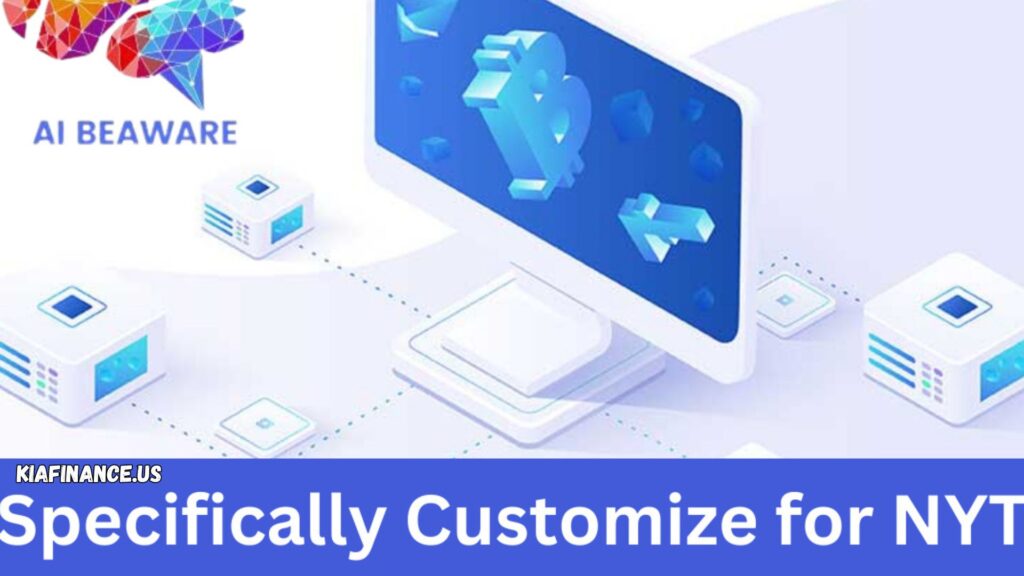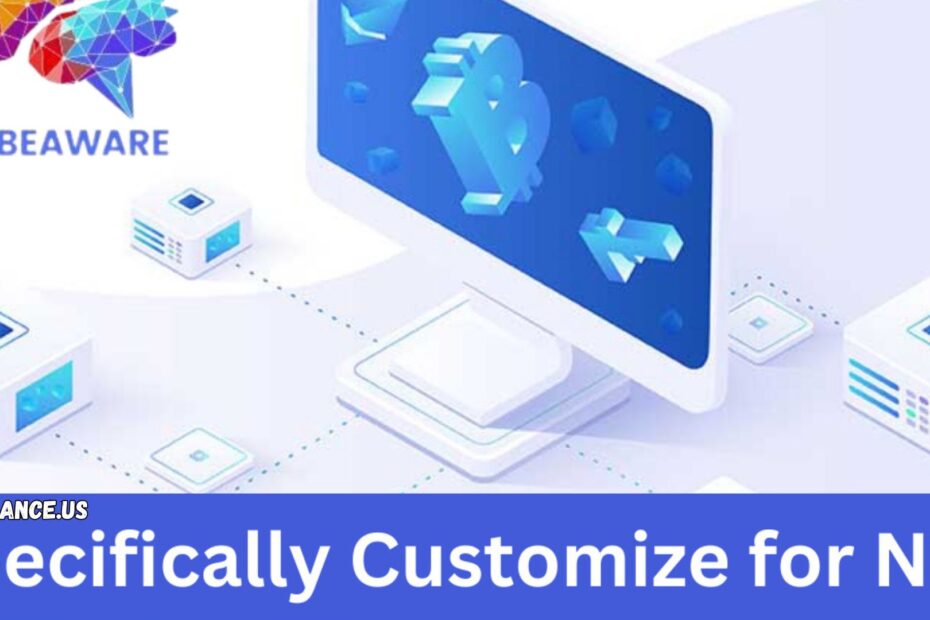Discover the art and science of Mastering Specifically Customizes For Nyt New York Times readers, exploring how personalized content enhances engagement, boosts relevance, and meets the unique interests of a dynamic audience.
Table of Contents
Introduction:
In today’s information-saturated world, catching someone’s eye isn’t just about getting attention; it’s about delivering the right message at the right moment. For New York Times (NYT) readers, this need is even more profound, given the sophistication and variety of interests among the NYT audience. Whether exploring global events, cultural nuances, or financial trends, these readers appreciate tailored content that resonates with their values and intellect.
Why Customization Matters for NYT Readers
Understanding what resonates with NYT readers isn’t about casting a wide net; it’s about offering pinpointed insights, timely stories, and valuable resources. But what does it mean to customize content “specifically for NYT”? And what benefits does this bring to readers?
- Enhanced Reader Engagement
Customization brings readers closer to content by aligning with their interests, helping them discover what truly matters. Recent studies show that personalized content boosts engagement by over 50%, as readers feel a deeper connection with tailored material. - Relevant and Unique Content Experiences
In a world where standard news can feel like noise, tailored articles, investigative pieces, and feature stories cut through. For example, a custom NYT article on climate policy would benefit readers who follow environmental developments but also want the angle contextualized with their local policies or economic impacts.
Key Elements of Effective Customization for NYT Audiences
1. Data-Driven Personalization for In-Depth Insights
Using reader data—preferences, reading habits, article engagement—enables content creators to tune into what matters. For NYT, personalization isn’t just about serving the next article in line; it’s about understanding that someone who read a political opinion piece may want a follow-up that dives deeper into global policy impacts.
Real-World Example:
Netflix is a prime example of how data-driven customization is achieved on a massive scale. Much like Netflix, NYT can use data to curate suggested reads or new coverage areas, helping readers explore more effectively within their interests.
2. Contextual Storytelling for Regional and Global Relevance
NYT readers span the globe, but their interests often center on stories that bring a “glocal” perspective. This means blending global trends with local implications, allowing readers to understand how international developments might impact their lives.
Personal Experience Anecdote:
Consider a reader fascinated by global economics. They might find a story about inflation trends more compelling if it includes insights on their region’s economic fluctuations. By presenting relevant data through a regional lens, content becomes more valuable, practical, and informative.

How NYT Customizes Content for Different Reader Segments
Segment 1: Young Professionals
Young professionals often seek out cutting-edge insights, quick analyses, and actionable ideas. To serve this audience, NYT can employ concise article summaries, data visualizations, and quick-read formats to accommodate their busy schedules.
Segment 2: Academics and Researchers
With NYT’s rich access to resources, in-depth articles, data studies, and expert interviews offer academic readers nuanced information. For example, long-form articles with cross-referenced studies satisfy this audience’s need for credible, well-researched material.
Segment 3: Lifestyle Enthusiasts
Lifestyle enthusiasts look for content that aligns with personal interests such as wellness, culture, or travel. NYT could enhance these readers’ experience by tailoring articles, providing interactive city guides, or producing mini-documentaries on cultural trends in various cities.
Balancing News Objectivity with Reader-Centric Customization
One of the challenges in customizing news is balancing personalization with impartiality. It’s essential to create a space where readers receive trustworthy content that’s relevant without sacrificing neutrality. For NYT, this balance could be achieved by creating segmented reports that deliver broader insights while allowing readers to delve deeper into specific sections based on their interests.
Insights from Experts on Customization in Journalism
According to [Expert on Data Journalism], “Today’s readers expect more than information; they want insight, context, and relevance. Publications that embrace customization can deliver quality journalism that still respects editorial integrity.” Incorporating expert opinions and third-party research reinforces the value of personalized news while acknowledging potential challenges.
Addressing Concerns: Privacy in Customization
Customization is inherently data-driven, and this raises legitimate questions about privacy. To address these concerns, NYT can implement transparent data policies, allow readers control over their data use, and regularly update privacy terms. By building trust, readers feel safer and more willing to engage in a tailored experience.
Conclusion: The Future of Customization for NYT Readers
Customization is reshaping how readers interact with the news. For NYT, the commitment to providing a personalized experience doesn’t just retain readership; it deepens the connection between the paper and its audience. As NYT continues to evolve, a focus on customization could redefine the standard for reader engagement, bringing news that isn’t just informative but also genuinely resonant.
By blending the unique needs of its audience with thoughtful, data-informed choices, NYT can lead the way in customized journalism—transforming news into a tailored experience for every reader.
